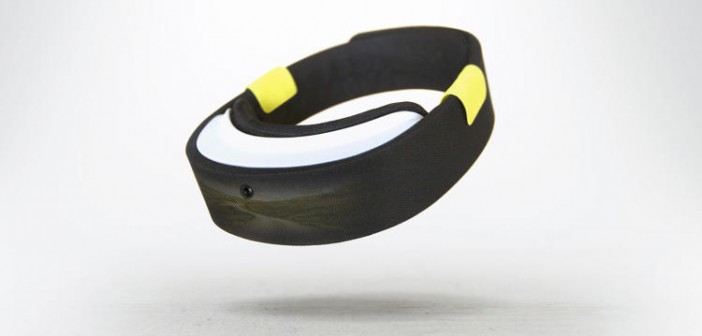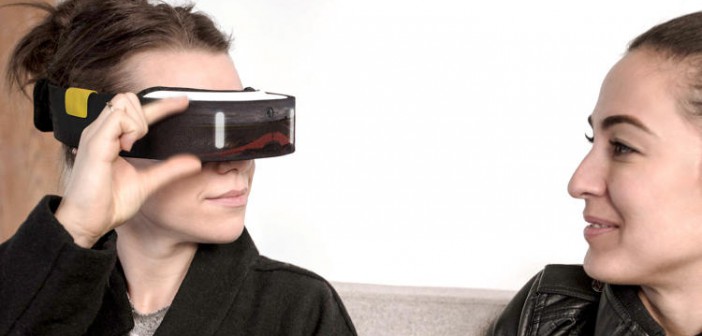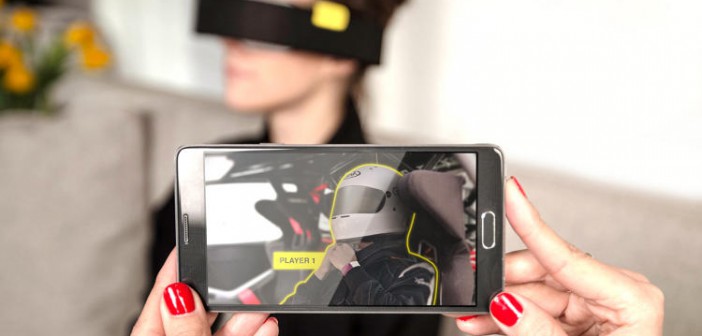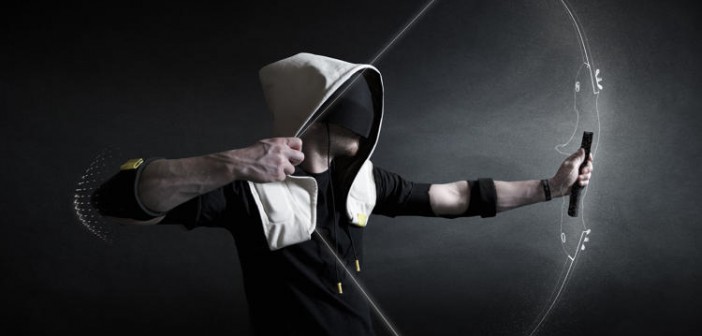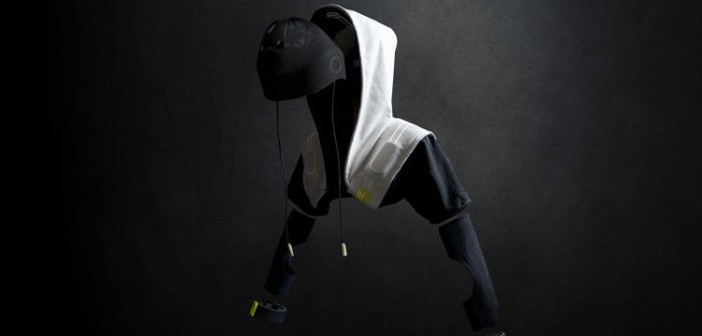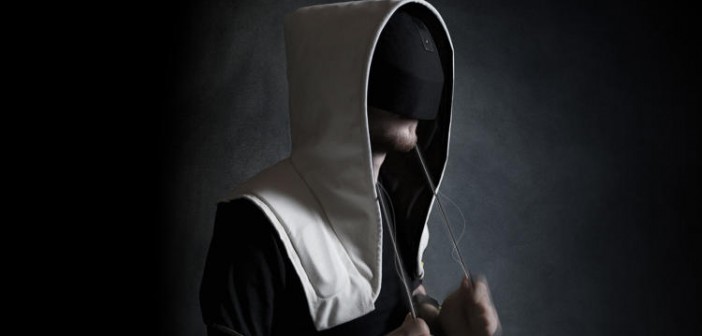The design firm Artefact presents two VR headsets that could feasibly exist by 2020—and the medium never looked so promising.
Oculus is shipping its first VR headset this week. It’s a big moment, but virtual reality is still loaded with usability problems that will delay its uptake to the true mainstream: You’re often tethered to a giant PC. You’re inherently asocial behind the mask. And you look pretty stupid, too. (Sorry! We’re not judging, but it’s objective truth.)
So the design firm Artefact ran a thought experiment: What could virtual reality be in another five years, right around the time Oculus considers releasing V2.0 hardware?
The two resulting concepts—nicknamed Light and Shadow—paint a portrait of virtual reality that looks like anything but science fiction.
Markus Wierzoch, the lead designer on the project, explains that VR’s biggest asset is, paradoxically, its biggest shortcoming. Its immersion allows us to enter new worlds. But that immersion comes at the cost of inclusion—the people around us can’t join in our experience. Virtual reality is inherently asocial.
“There’s a series of selfies taken with a person wearing a VR headset, and the person with the headset never looks very good,” Wierzoch says. So the studio generated alternatives. One headset would prioritize immersion. It would be a privacy-focused hoodie called Shadow. Another headset would prioritize inclusion; it would be a minimal fabric band called Light.
Light is a headset that runs off the processing power of your smartphone, so it’s lightweight, and comfortable to take on and off—or even pass to someone else to wear. Audio pipes into your ears through bone conduction rather than big headphones, so that you can hear the virtual world and the real world at the same time. And, ingeniously, the content the wearer sees is also projected on the outside of the device.
“That makes sense especially in a parent-child VR relationship,” Wierzoch says. “As a parent, you could easily glance at what it is your kid is looking at.”
However, this external display isn’t built for gawking. In fact, it’s dimmed by a layer of fabric, so it’s less distracting than it is referential. If someone in the room would like to join into your experience, they can pull out their smartphone to share a direct feed. And on the other hand, if the VR wearer would like to see the real world, they simply pinch near their eyes to turn the virtual world translucent. (In fact, the HTC Vive has a similar safety feature if you walk too closely to a wall.)
The second concept, Shadow, is built more for a person seeking immersion—the deepest, most tactile experience possible in VR. You’ll notice that it doesn’t look like your average VR headset. Instead, it’s essentially a hoodie, because if you think about it, a hoodie is a garment that already has personal privacy settings built in.
“This gesture of pulling the hood over your head signals that now I’m in my space,” Wierzoch says. “We felt that was very powerful, not only visually, but in terms of the user experience it yields.”
Inside the hood, light is naturally blocked, and integrated hardware can track eye and facial movements. These expressions can be conveyed on the face of an online avatar, but they also might be conveyed to other people in your actual room. If you close your game to look around the room instead, the hoodie might show two glowing eyes. (Freaky? Maybe. Social? Definitely.)
Meanwhile, the hoodie includes a backpack with a small computer, front batteries sewn into the fabric, rumbling audio that can hit you like the purr of an engine passing by, and sleeves that can stiffen to restrict your movements. And in what may be the biggest technological stretch for their five-year time frame, the designers even suggest that wristbands might read the electrical impulses through your arms so that they can detect the gestures you make with your hands.
But truth be told, even if every idea in these two concepts isn’t possible within five years, these ideas are on point. Note that both concepts are untethered from some mini tower PC, to allow free movement. Each makes particular use of textiles, in contrast to the plasticky Beats by Dre aesthetic of modern wearables. And even though Shadow is technically designed for a single user, the two concepts still acknowledge the one thing VR currently forgets: that there are other people in our lives, sitting there, and often wanting to talk, even as we pretend to be somewhere else.
All Images: via Artefact

